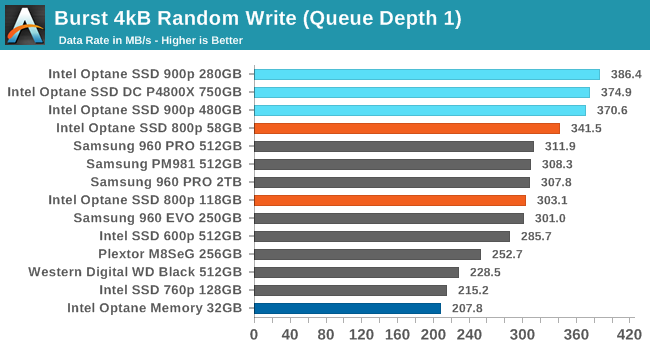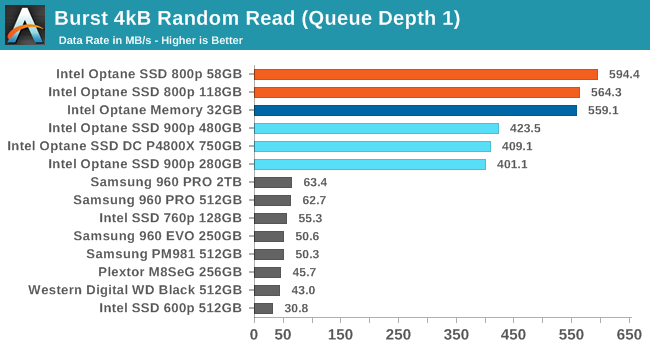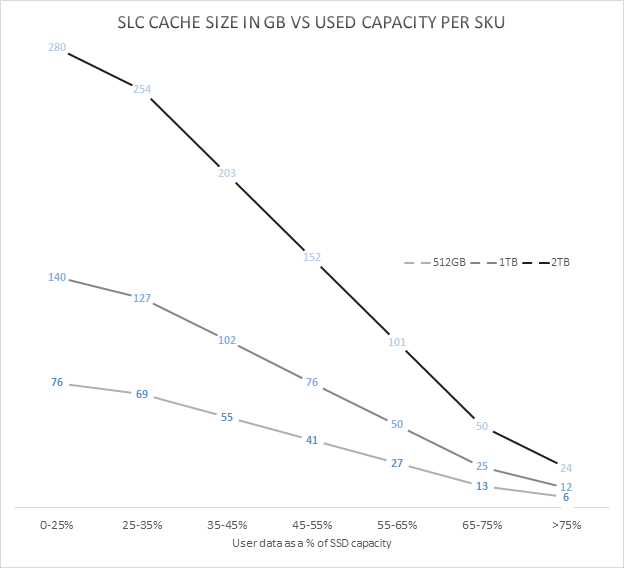We went through this before. By the way, storage controllers are nowhere demanding as CPUs we are used to for silicon real estate. In fact, they are far smaller. Intel probably don't even use their own process for the controller. I'd bet on a 40nm, or maybe 28nm TSMC.
Bare die pic:
https://www.anandtech.com/show/12899/intel-previews-m2-optane-ssd-905p-380gb
Package pic:
https://www.tweaktown.com/news/63181/intel-answers-question-905p-2-optane-release/index.html
Indeed, the package is large because its a heatspreader. The die is quite small. In fact, it doesn't look any larger than the one used in Optane Memory. However, it may need to dissipate 3x the power.
It also doesn't address the likelihood Intel knows this. This is actually the biggest reason why I'm doing a wait-and-see approach. I think they are very aware having a 150MB/s sequential throughput on the latest NVMe SSD is bonkers.
Big companies do make stupid decisions, but I'll at least give them some credit and the final product will end up doing 1GB/s sequential write at minimum. 1GB/s sequential is what the lowly regarded 660p is rated at.









